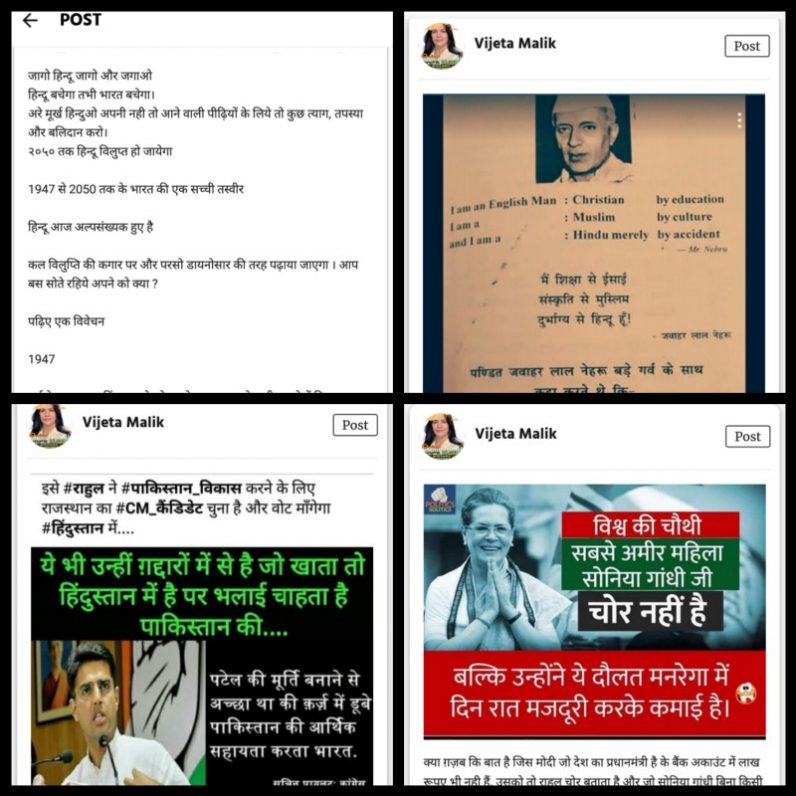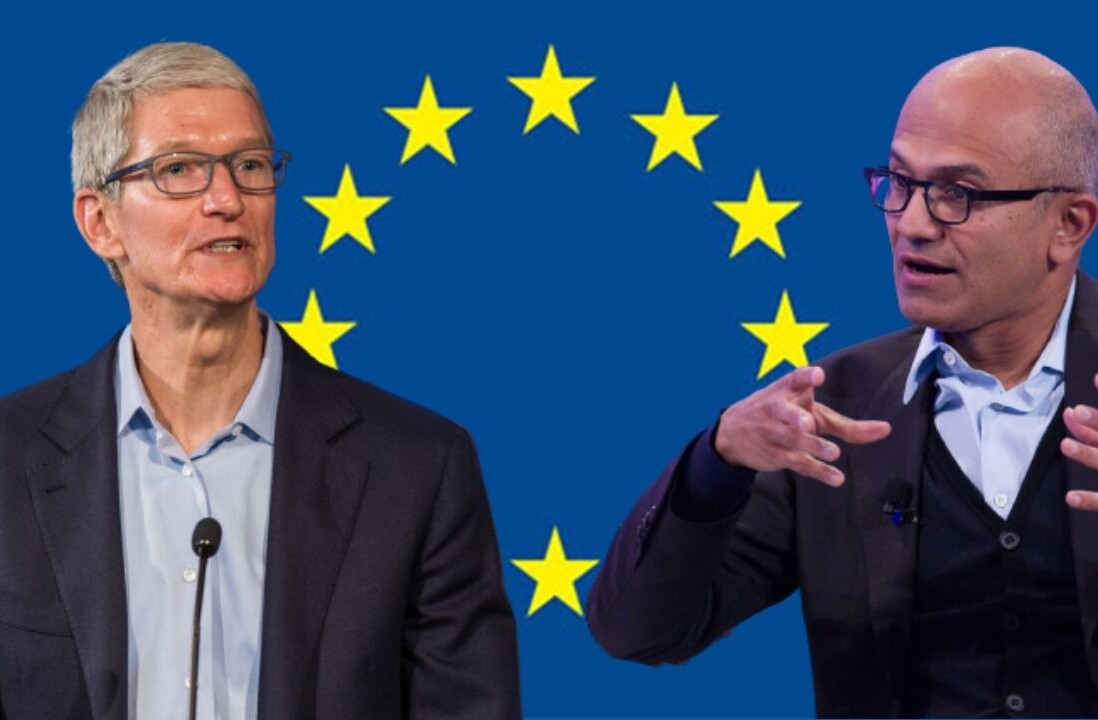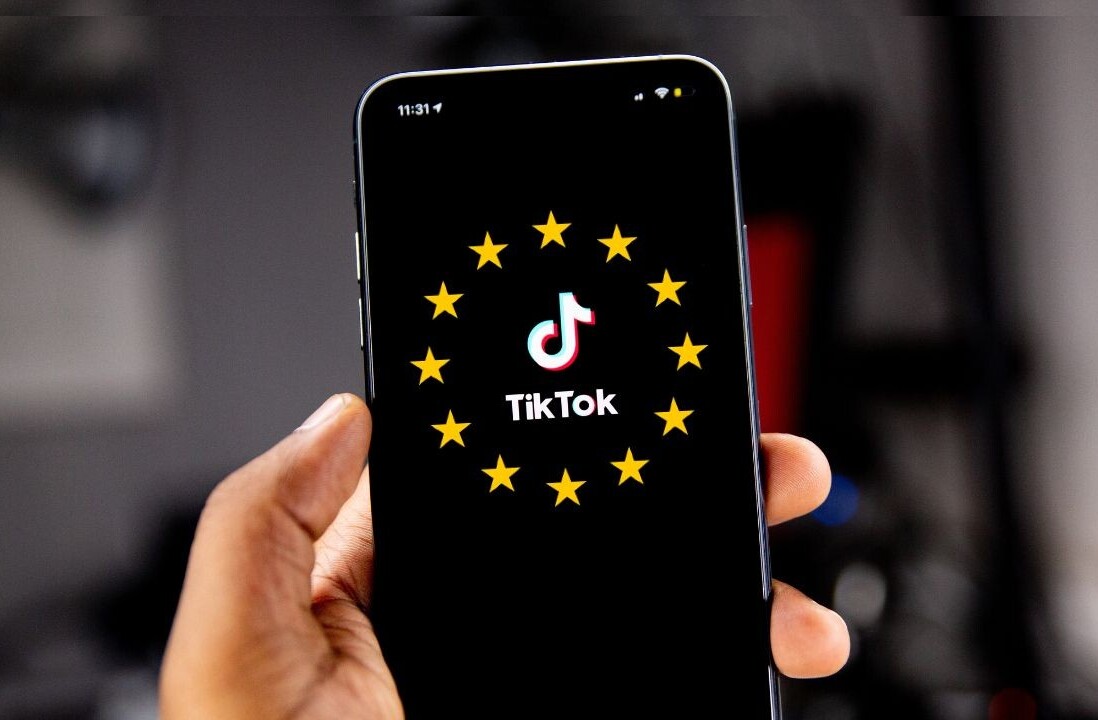
You can’t discuss the ‘fake news’ phenomenon in India without bringing up WhatsApp. The Facebook-owned messaging service has been constantly under fire after several people were lynched across the country over a misleading video that did the rounds for a year. The platform had to set up a team for India and run multiple programs to educate people about fighting the spread of misinformation. With India’s assembly elections just around the corner, the company has a tough year ahead in ensuring its platform isn’t exploited to lead voters astray.
But WhatsApp isn’t the only platform plagued by propaganda, fake news, and doctored photos in India. Here’s a look at other services that spread misinformation across the country – and a look at just how difficult a problem it’s become there.
YouTube
India’s internet users consume video extensively, thanks to some of the cheapest data rates on the planet. According to a recent report by App Annie, people in India spent nearly 47 billion hours in 2018 on the top five streaming apps in the country. Unfortunately, YouTube, the biggest streaming video app in India, isn’t safe from people spreading misinformation – and according to CNBC, the company’s lax content moderation policies haven’t helped.
The report noted that many YouTube viewers in the country are first-time internet users, and come from low-literacy backgrounds. As such, they struggle to differentiate between fake news and legitimate content.
.@YouTubeIndia Please check & remove fake videos like these on the trending page. The a/c is also using PM’s name & image. pic.twitter.com/gBVllLVBfr
— Abhijeet Mukherjee (@abhijeetmk) June 5, 2017
In recent times, one misleading video described the Rs. 2,000 currency note (introduced in 2016) as containing a GPS tracker; another falsely claimed that a prominent jewelry chain used counterfeit gold, and allegedly caused them a loss of $70 million in revenue.
With hundreds of hours of content uploaded every hour, it’s hard to keep track of each piece of content. But YouTube promised to try: last July, it committed $25 million to tackle fake news on the site, and outlined a plan to task 10,000 human reviewers with verifying the quality and truthfulness of uploaded videos.
Political apps
India’s current Prime Minister, Narendra Modi, launched his own app in 2015, with a view to share information about the initiatives he’s led, as well as government schemes that citizens can take advantage of in their daily lives. It has a news feed where people can post pictures, videos, and text – and sadly, it’s been exploited by propagandists looking to steer the NaMo app’s 1.43 million users away from the country’s opposition Congress party.
Notably, the Narendra Modi app is pre-installed in Reliance’s feature phone JioPhone and Micromax phones distributed in Chattisgarh.

The report from DisFact states that many users including some of the members of India’s ruling party, the Bhartiya Janta Party (BJP), often post objectionable content on the app including fake quotes from leaders of rival parties. Additionally, some of the promoted accounts on the app have been found posting misleading content concerning the Congress party on other platforms, including Facebook and ShareChat.
The BJP’s IT Cell head admitted to DisFact that the app has a misinformation problem, said and moderators regularly remove many posts in order to curb it. Clearly, there’s more work to be done yet.
Regional social media apps
While WhatsApp and Facebook are arguably the most popular messaging and social media apps in India, apps funded by Chinese investors, like ShareChat and Helo, have found an audience in the country by offering support for content in regional Indian languages
Both apps claim to have more than 35 million users, and allow posts in 14 different Indian languages. A report from Hindustan Times last year stated that content feeds in Hindi and Kannada were littered with misinformation on these platforms.

The HT report notes that pictures of fake quotes of celebrities commenting on religion and politics thrive on these platforms, often gathering thousands of views. Last year, a ShareChat user’s post alleged that an Indian minister ate a chicken dish worth Rs. 300,000 ($4,200) abroad, and questioned his status as a ‘true Hindu.’

While the direct impact of such misleading content might not be huge owing to the limited user bases of these services, these posts can easily end up on a more popular platform like WhatsApp and encourage the spread of rumors among the populace.
Last year, Karnataka state police’s crime branch arrested Mahesh Hegde, founder of propaganda-fueled news service Postcard News. The service had a massive following on both ShareChat and Helo.
Both platforms claimed that they take the fake news problem seriously and are working on keeping it out of the platform through moderation. To that end, ShareChat recently banned 50,000 accounts from its service. The Indian government has warned developers of other Chinese apps like UC Browser, Newsdog, and UC News to boot out misleading content from their apps if they want to continue operating in the country.
Other mainstream platforms
Apart from WhatsApp, Twitter and Facebook are the biggest targets for spreading fake news in India. Pankaj Jain, the founder of news debunking service SMHoaxSlayer, told TNW that people often impersonate popular accounts on Twitter to spread propaganda, to the point that it’s become the second largest source of fake news, after WhatsApp.
Jain said that Facebook suffers from a similar problem as well. Many pages try to impersonate the Indian Army to spread hatred and communal propaganda against religious minorities.

Facebook is reportedly setting up a war room to fight fake news on the social network during the 2019 Indian elections. Additionally, it took to its blog yesterday to outline some steps it’s taking to curb misinformation, such as political ad transparency and expanding the third-party fact-checking program.
Conclusion
While WhatsApp remains a major concern for the spread of objectionable content in India, it can originate on any of the aforementioned platforms that reach millions of people across the country.
Software Freedom Law Center (SFLC), a non-profit org committed to preserving internet freedom, suggested that organizations should take multiple steps to curb the fake news problem:
Fake news floats not only on WhatsApp, but on every social media platform whether it is large or small. We conducted a series of multi-stakeholder discussions on misinformation across India in January 2019. Some of the solutions that were proposed to tackle the issue include digital and media literacy, encouraging fact-checking by media organizations, incentivizing start-ups that do fact checking, rethinking online advertising revenue models and greater accountability for social media platforms.
Last year, the Facebook-owned service organized a road show and launched TV ads in multiple languages to educate users. That’s a good start, but it might not scale far and quickly enough to reach all of India’s massive population. Ideally, the government should recognize this as a growing problem, and step in to help things along with national programs designed to reach as many people as possible.
Get the TNW newsletter
Get the most important tech news in your inbox each week.




